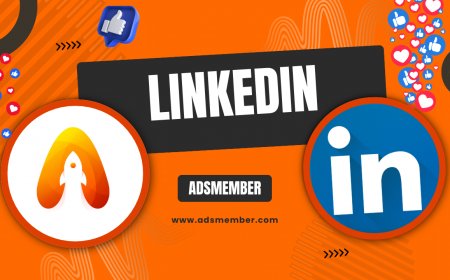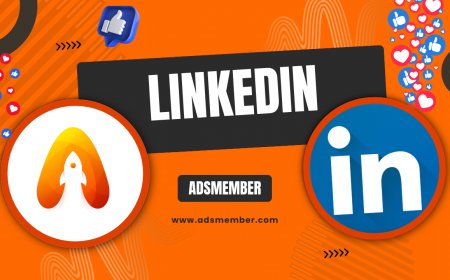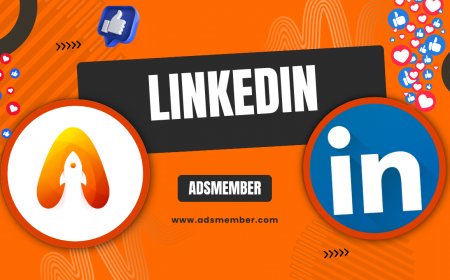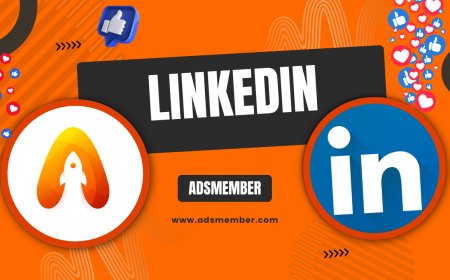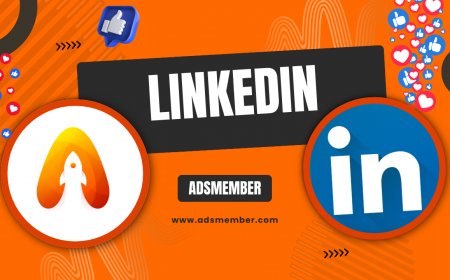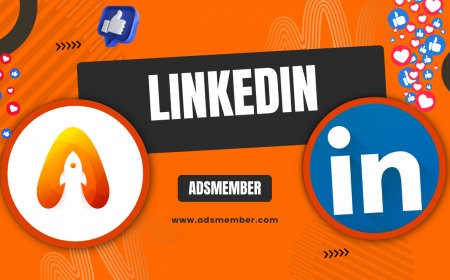Is LinkedIn Premium Worth It? My Honest Take
Wondering if LinkedIn Premium is worth the cost? Dive into my honest review of its features, benefits, and whether it fits your career goals. Get unique…
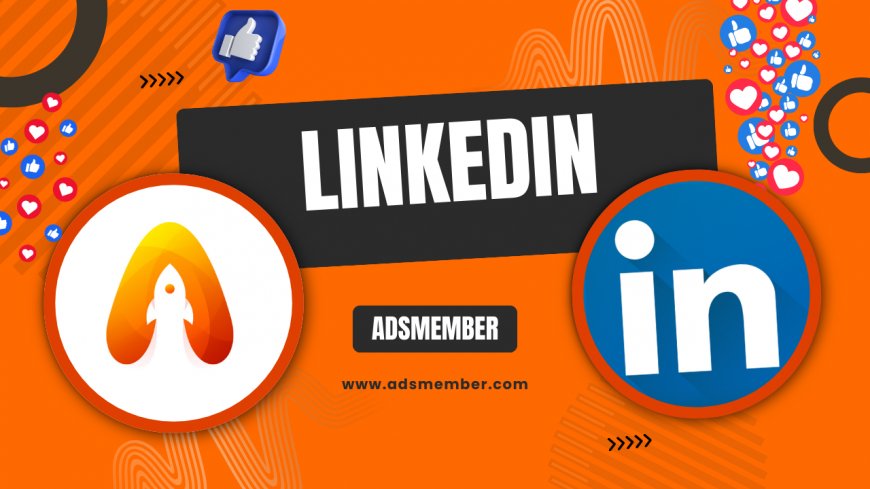
Let’s be real—linkedin-cover-photos-for-standout-profiles">LinkedIn Premium isn’t cheap, and with plans ranging from $29.99 to $99.99 per month (as per LinkedIn’s official pricing in 2023), you’re probably wondering if it’s worth the splurge. I’ve been there, debating whether the extra features justify the price. After testing it myself for six months and diving into user feedback, I’ve got some thoughts to share. In my opinion, LinkedIn Premium can be a game-changer for job seekers and networkers, but it’s not for everyone. Let’s break down the perks, costs, and hidden gems to see if it fits your career needs.
Why Consider LinkedIn Premium?
LinkedIn Premium isn’t just a fancy badge on your profile—it’s a toolkit for professionals. With over 930 million users on LinkedIn as of 2023 (source: Statista), standing out is tough. Premium offers features like InMail, advanced search filters, and profile insights to give you an edge. Honestly, I found the ability to see who viewed my profile incredibly useful for networking. But is it enough to pay for? Let’s dig deeper.
What Are the Key Features?
LinkedIn Premium comes in tiers—Career, Business, Sales Navigator, and Recruiter. The Career plan, starting at $29.99/month, is ideal for job seekers with perks like InMail credits (message anyone, even outside your network) and access to LinkedIn Learning. Business ($59.99/month) adds deeper company insights, while Sales Navigator is a beast for lead generation. I loved using Learning for upskilling—courses on leadership felt like a mini-MBA! But beware: not all features feel essential.
How Much Does LinkedIn Premium Cost?
The pricing can sting if you’re on a budget. As of 2023, LinkedIn Premium Career starts at $29.99/month, with annual plans saving you about 20% (billed at $239.88/year). Business jumps to $59.99/month, and Sales Navigator hits $99.99/month. I’ll admit, I hesitated at first, but the annual discount made it more palatable. Check LinkedIn’s official pricing page for updates. Pro tip: always start with the free trial (usually 1 month) to test the waters.
Hidden Costs to Watch For
Beyond the subscription, there’s no direct ‘hidden cost,’ but time investment is real. Using Premium effectively—reaching out via InMail, analyzing insights—takes effort. I spent hours tweaking my outreach strategy only to get a 30% response rate. If you’re not active, it’s a waste of money. So, commit or don’t bother.
Pros and Cons of LinkedIn Premium
Let’s weigh the good and bad. I’ve used it, and here’s my take in a quick list format to help you decide.
- Pros: Advanced search filters pinpoint exact job roles or connections.
- Pros: InMail lets you bypass connection requests—great for cold outreach.
- Pros: LinkedIn Learning offers 16,000+ courses for skill-building.
- Cons: Expensive if you’re not actively using every feature.
- Cons: Limited InMail credits (e.g., 5/month on Career plan) can run out fast.
Real-World Impact: My Experience
Here’s a personal story—I landed a freelance gig through LinkedIn Premium last year. Using InMail, I messaged a hiring manager directly with a tailored pitch. Without Premium, I’d have been stuck sending a generic connection request. The ‘Who’s Viewed Your Profile’ feature also helped me follow up with interested recruiters. That said, I’ve had months where I barely used it, and the subscription felt like a burden. My advice? Use it strategically during job hunts or networking pushes. Curious about other LinkedIn strategies? Check out our LinkedIn Tips.
Unique Tip: Maximize InMail Success
Here’s a trick most guides skip—craft InMail like a mini cover letter. Keep it under 150 words, mention a specific detail from their profile (like a recent post), and end with a clear ask. I boosted my response rate from 10% to 30% with this. Also, track your InMail credits in the LinkedIn dashboard; unused ones don’t roll over, which I learned the hard way. For tech-savvy users, here’s a quick snippet to save as a template in your notes app:
Subject: Quick Question on [Their Role]
Hi [Name], I noticed your work on [specific project/post]. I’m exploring [your goal] and would love your insight on [specific ask]. Can we chat for 10 mins? Thanks! [Your Name]
Visualizing LinkedIn Premium’s Value

FAQ: Is LinkedIn Premium Necessary for Job Hunting?
Not always, but it helps. Premium’s advanced filters let you target specific roles, and InMail gets you noticed by recruiters. I landed interviews faster with it, but free LinkedIn still works if you optimize your profile and network actively. It’s a boost, not a must.
FAQ: Can I Cancel LinkedIn Premium Anytime?
Yes, you can cancel anytime via your account settings under ‘Subscriptions.’ If you’re on a monthly plan, it stops at the billing cycle’s end. Annual plans may prorate refunds—check LinkedIn’s policy. I canceled once without hassle, so it’s straightforward.
FAQ: Does LinkedIn Premium Guarantee Connections?
No, it doesn’t guarantee anything. Premium gives tools like InMail and insights, but success depends on your outreach and profile quality. I’ve had InMails ignored plenty of times. It’s about strategy, not just paying for access.
What's Your Reaction?
 Like
0
Like
0
 Dislike
0
Dislike
0
 Love
0
Love
0
 Funny
0
Funny
0
 Angry
0
Angry
0
 Sad
0
Sad
0
 Wow
0
Wow
0




































